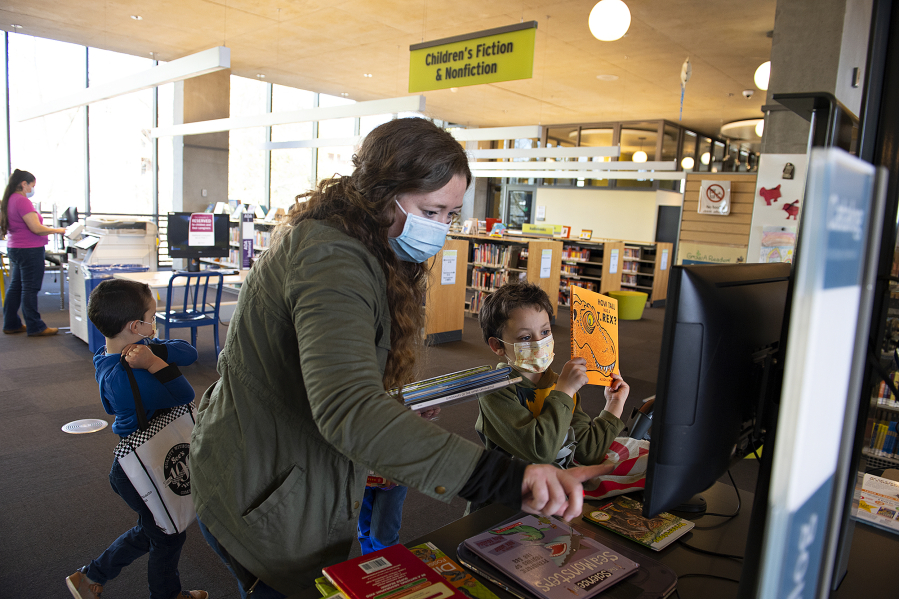About four months have passed since Washington’s statewide indoor mask mandate ended, but some local infectious disease experts and state epidemiologists are hoping recent increasing case rates will remind residents not to relax measures too much.
Statewide COVID levels had been rising since mid-March and began to show signs of leveling off in mid- to late-May, according to the state Department of Health’s COVID data dashboard. As of early July, the state recorded a seven-day case rate of about 225 infections per 100,000 people, compared to about 42 per 100,000 in March.
Much of the state’s continued high level of infection is due to the rapid pace of omicron’s BA.5 subvariant, which accounted for three times as many COVID cases at the end of June compared to the start of the month.
While King County is “actively considering” if and when additional public health requirements might be necessary, there are no definite plans to return to indoor mask mandates at this point, Dr. Jeff Duchin said at a news briefing this month.
No additional requirements are currently being planned on a statewide level either, said DOH spokesperson Katie Pope, adding that the department is instead “focused on health system capacity, severity of disease in Washington state, and what is on the horizon in terms of variants.”
But mask use has seemed to drop significantly since the mandate ended in March, according to data from the Institute for Health Metrics and Evaluation, a global research center at the University of Washington. Based on a number of self-reported survey results from IHME, mask use started to decline in late January and saw a steep drop in early- to mid-March, as statewide indoor mask requirements ended.
Now, although masking remains effective at helping protect people from infection on an individual level, it’s likely doing little to curb the spread of the virus overall, said Dr. Joshua Schiffer, a clinical research professor of vaccines and infectious disease at Fred Hutchinson Cancer Center.
“At an earlier stage in the pandemic response, masks were protective for those wearing them, but also for society at large because wide-scale use likely decreased the rate of spread of infection,” Schiffer said. “At this stage, mask use is very low in the highest risk environments.”
While masks are no longer required in most places — except health care, long-term care and correctional facilities — state health officials still recommend wearing them in crowded, indoor settings and confined spaces.
“My personal practice is to wear the best masks possible when it is not a great inconvenience such as in clinic, at the supermarket or on a flight,” Schiffer said. “However, like most people I am taking measured risks and go maskless at restaurants and sporting events.”
According to recommendations from the Centers for Disease Control and Prevention, at least 12 Washington counties — including King, Snohomish, Thurston and Spokane — are at high community risk and should resume mask-wearing indoors in public and on public transportation.
High risk means the counties have had 200 or more new COVID-19 cases per 100,000 people in the last seven days, or they’ve had more than 20 new COVID-19 hospital admissions per 100,000 people within a seven-day period.
Rather than impose a new mandate in King County, Duchin said he hopes community members will voluntarily renew their commitment to indoor masking, distancing, good indoor air ventilation and getting vaccinated and boosted.
“COVID-19 is not one and done,” Duchin said. “We’re not going to be able to have infinite series of mandates.”
Restrictions have a role if there is a serious need for short-term and immediate improvement, he said, adding that for the long term, the public needs to take steps to protect themselves and others.
Snug-fitting, high-quality masks, including N95, KN95 or KF94 face coverings, are generally the best ones to use, according to Public Health — Seattle & King County. Residents can also use surgical masks and cloth masks with multiple layers of breathable, tightly woven fabric, though public health officials have noted they’re not as high-quality.



